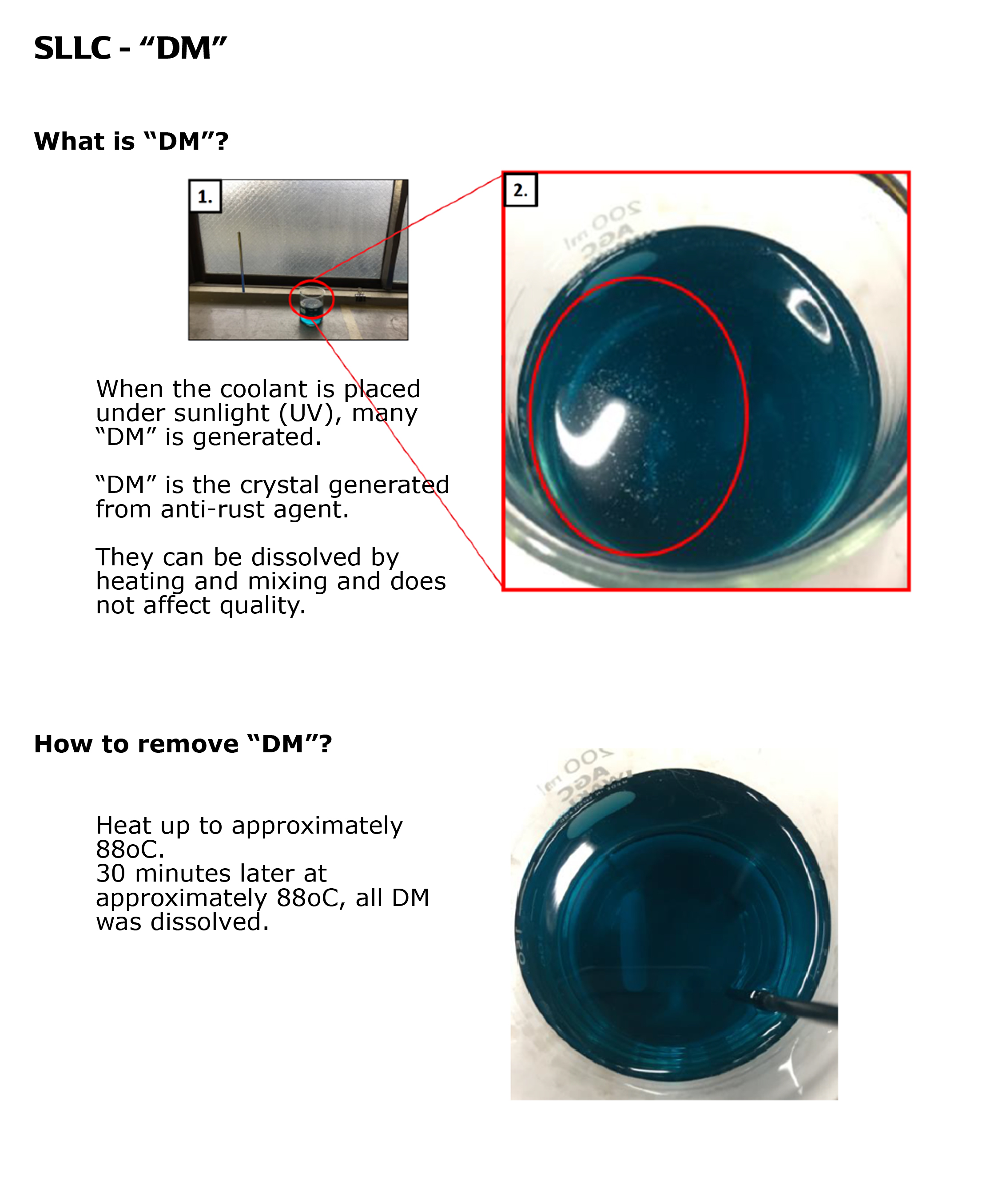Coolant works to keep the radiator from freezing in extreme cold (anti-freeze), or overheating in extreme heat (prevent overheating).
It also prevents rust and corrosion of the cooling system.
DENSO offers 2 types: Long Life Coolant (LLC) & Super Long Life Coolant (SLLC).

| LLC | SLLC | |
|---|---|---|
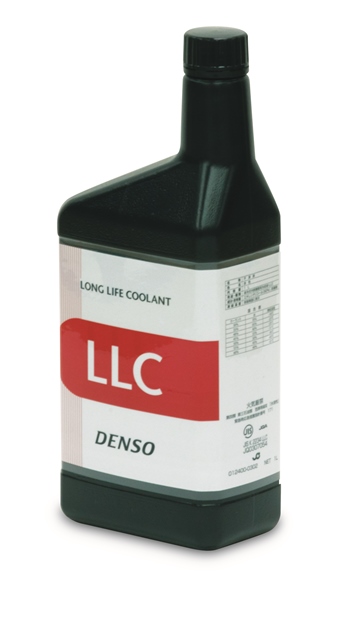 |
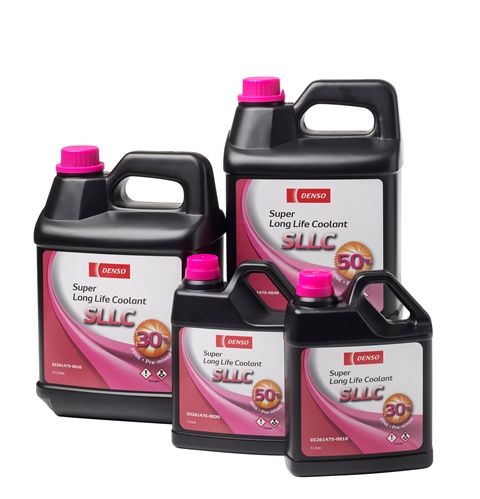 |
|
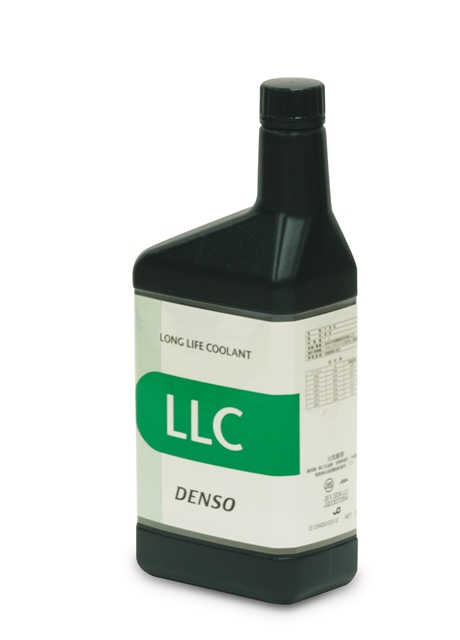 |
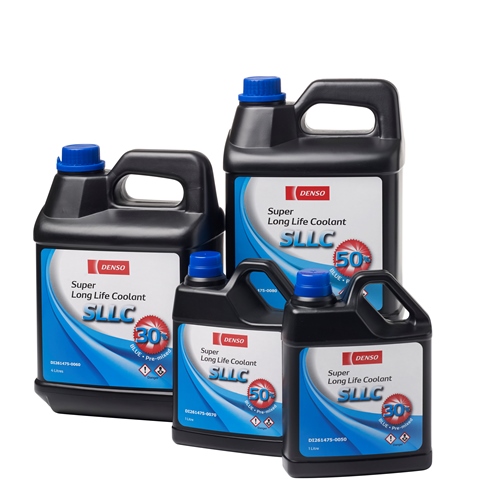 |
|
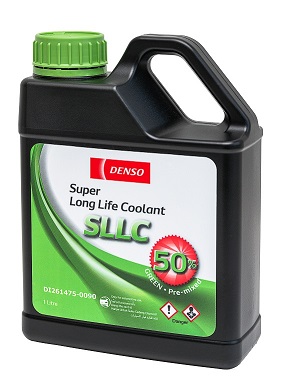 |
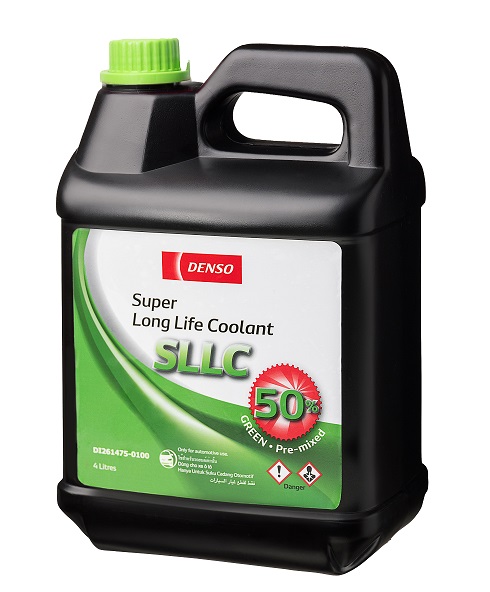 |
|
Anti-Freeze
By having anti-freeze properties, the coolant will continue to circulate as a liquid in the system in freezing weather conditions, to cool the engine and prevent damage.
Prevent Overheating
In hot weather or in situations of driving for long periods, the coolant will resist boiling and continue to circulate as a liquid, to cool the engine.
Prevent Rust and Corrosion
Rust and corrosion can damage radiator & other engine parts (e.g. water pump, thermostat, radiator cap, hoses & fittings). This reduces efficiency of radiator, and in turn causes overheating. Hole caused by corrosion can also lead to leakage of coolant.
Super Long Life *
With DENSO SLLC, there is lesser frequency of replacement. This translates into more savings.
|
Manufacturer |
Product |
Color |
Timing of LLC Replacement |
|
|---|---|---|---|---|
|
TOYOTA |
S-LLC |
Pink |
New car: 7 years |
|
|
LLC |
Red |
New car: 3 years |
||
|
HONDA |
S-LLC |
Blue |
New car: 11 years |
|
|
LLC |
Green |
New car: 3 years |
||
|
NISSAN |
S-LLC |
Blue |
New car: 7 years |
|
|
LLC |
Green |
New car : 3 years |
||
|
MITSUBISHI |
S-LLC |
Blue |
New car: 9 years |
|
|
LLC |
Green |
New car: 5 years |
||
|
MAZDA |
S-LLC |
Green |
New car: 9 years |
|
|
LLC |
Green |
New car: 3 years |
||
|
SUBARU |
S-LLC |
Blue |
|
|
|
LLC |
|
New car: 3 years |
||
|
SUZUKI |
S-LLC |
Blue |
New car: 7 years |
|
|
LLC |
Green |
New car: 3 years |
||
|
ISUZU
|
LLC | Green |
Small size truck replacement: 5 years |
|
|
DAIHATSU |
S-LLC |
Pink |
New car: 3 years |
it is recommended to follow each car brand regional policy of coolant change.
Pre-mix *
Impure water can affect coolant performance. Pre-mix ensures quality water used.
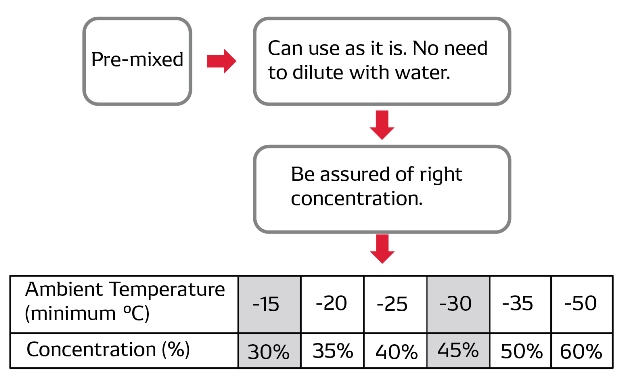
*Only for SLLC
The reserve tank is designed in such a way that it is considered the amount of natural evaporation is up to 600ml for 2 years.
Natural evaporation amount is at about 300ml per year.
Shortage of coolant can result in overheating (due not enough coolant to cool the engine).
In between replacement of coolant, it is recommended to refill when the coolant level is low in the reserve tank.
Long term usage of driving the car will result in decrease of anti-rust agent and oxidization of Ethylene Glycol (base for anti-freeze).
Generation of rust and corrosion of metal and accumulation of water scale may happen.
Coolant cannot perform well. This may result in engine damage and overheating.
Generally, SLLC is designed to retain performance for at least 4 years or 60,000km. Check table above for replacement timing, or your car manual.
Q: Can I use this product mixed with other products?
A: No. Do not mix with any other products. Products made by other manufacturers may reduce the performance of SLLC and damage the cooling system inside the engine.
Q: When the remaining amount of SLLC in the reserve tank is low, is it OK to add water?
A: No. This product is already diluted so it can be used as it is for a full replacement or replenishment. If the remaining liquid becomes low, you can add this product as it is. By adding water, the concentration of SLLC will drop below 30%, which can cause freezing and/or influence the corrosion prevention performance.
Q: How much is the proper concentration of LLC for using?
A: Normally 30%. In cold area, 50%. If the concentration is too high (not less than 65%), the freezing point will be increasing. So, proper concentration must be used. Please refer to the chart above (under “pre-mix” properties to check the correct pre-mix level.
Q: In warm regions, are there any problems if used at the concentration of less than 30%?
A: Yes. It may result in unsatisfactory performance in corrosion prevention, even though anti-freeze performance can be kept at a sufficient level.
Q: Could I use a coolant colour that is different from the coolant colour that comes with my car?
A: No trouble will happen if you mix different colour coolant. Just that the colour of coolant looks strange. But if you mix SLLC and LLC, the performance of coolant will become same as LLC.
